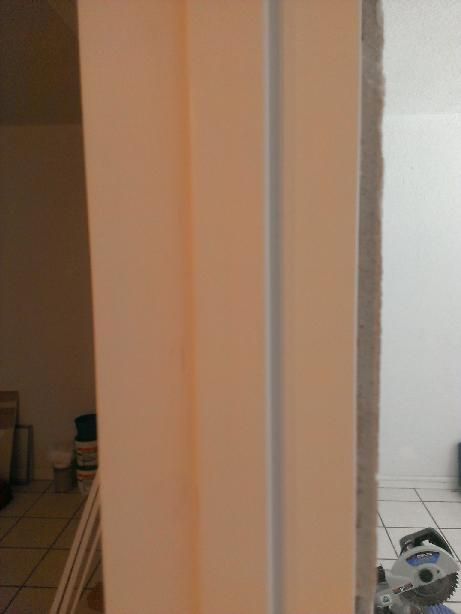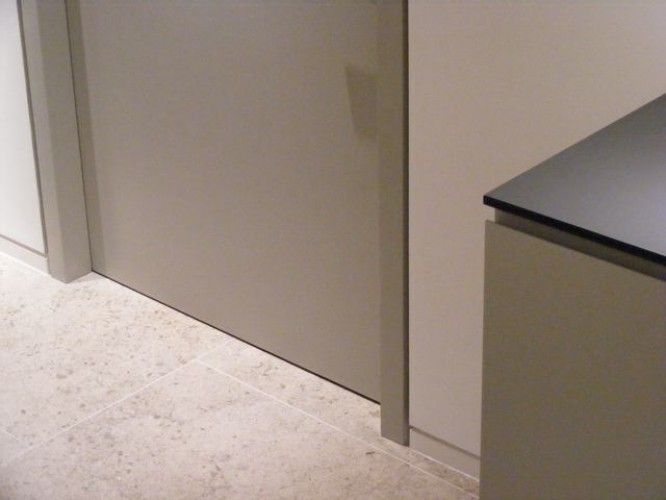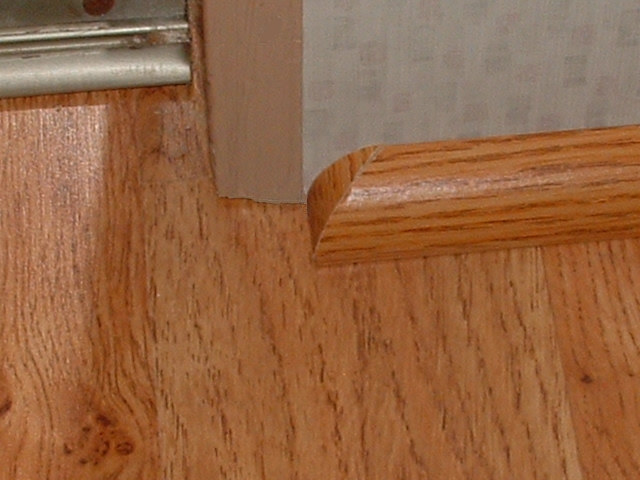Drywall Wider Than Door Jamb
In the northeast you don t often see drywall returns except on commercial and multifamily housing.
Drywall wider than door jamb. Even without measuring you can do the math. The door jamb is standard 4 11 16 wide which leaves an extra 7 16 or nearly 1 2 an inch to play with. One detail i ve noticed is that drywall returns on windows are far more common than wood extension jambs and casing. Novice mistake of course seeing as this was my first time flying solo.
It s a common practice to add another 1 8 inch for some leeway to ensure the jamb covers adequately making the average door jamb 4 5 8 inches wide. This thickness is designed for installation in a standard two by four wall constructed by studs that are. Unfortunately after handing the drywall i noticed the door jamb and window case extends a extra 1 4 out from the wall. The door jamb is the frame that installs in the wall and supports the door via hinges.
The door casing is nailed to the jamb and to the wall and covers the space between the doorjamb and the wall. Most framing studs are 3 1 2 inches in wide with 1 2 inch thick drywall on both sides for a total thickness of 4 1 2 inches. Doorjambs are designed to fit standard width walls made out of 2 by 4 or 2 by 6 lumber plus a layer of 1 2 inch drywall on each side of the wall. Framing for a non load bearing door header to properly fit an interior door in your home the door jamb must match the thickness of the finished wall or be slightly deeper than the wall.
Door jamb wider than wall. I have a wall that is measured at 4 1 4 thick standard 2x4 with 3 8 drywall on both sides.

















/cdn.vox-cdn.com/uploads/chorus_asset/file/19493062/door_frame_illo.jpg)





























